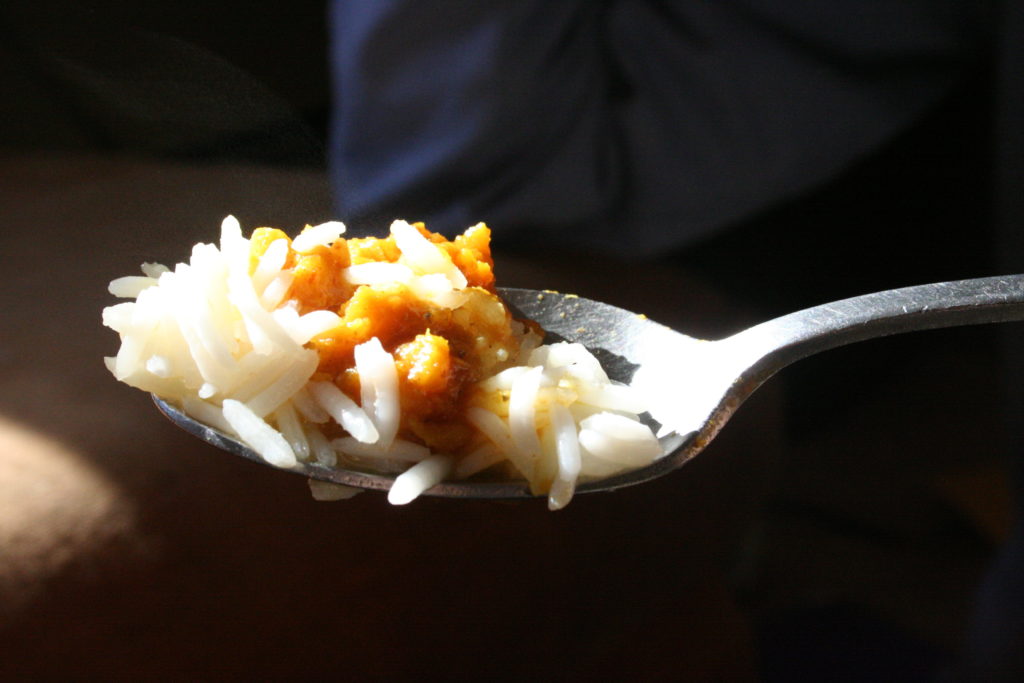 Gaps in development milestones and nutritional benchmarks are usually more prevalent among children through adoption, the gaps varies from child to child, and in case of older and special needs children the gaps can be wider, but in time the gaps can be can be bridged and nutritional deficiencies can be circumvented. They may lack in certain nutrients which are required for brain functions and physical development.
Gaps in development milestones and nutritional benchmarks are usually more prevalent among children through adoption, the gaps varies from child to child, and in case of older and special needs children the gaps can be wider, but in time the gaps can be can be bridged and nutritional deficiencies can be circumvented. They may lack in certain nutrients which are required for brain functions and physical development.
The impact on the birth mother during the gestational period and after delivery varies as many of them come from economically disadvantaged circumstances. Understanding the extent and magnitude of these problems especially within the golden 1000 days from the birth of the child’s, from the date of conception till the child reaches 2 years of age, is very important.
Children may have minor to major micronutrient and macronutrient deficiencies. Micronutrient deficiency is due to lack of vitamins and minerals like calcium, folate, iron, iodine, zinc, vitamin A, vitamin B12, vitamin D (rickets) and zinc.
Macronutrient deficiency refers to a lack of the nutrients required in large amounts for normal growth and development. This includes carbohydrates, protein and fat. Macronutrient deficiency can cause stunting and wasting, leading to severe malnourishment and other childhood health complications.
Some of the factors that contribute to malnutrition and deficiencies are:
- Inadequate pre-natal. post-natal and maternal diet
- Insufficient breast feeding
- Insufficient intake of nutritious foods at the institutions or agencies, especially for children with special needs.
- Inadequate exposure to sunlight which inhibits vitamin D production. Vitamin D is important for calcium absorption.
- Lack of vitamin supplements
- The transition of the child from birth mother to the institution/agency/care giver and then finally to the new family which may cause stress and disruptions in feeding patterns.
- Post adoption growth is fast and this can cause enormous stress to the limited nutrient reserves and can induce nutritional deficiencies.
Fortunately, most of this is treatable and within our control and nutritional gaps in adopted children is probably the easiest to bridge amongst others.
Some tips to create a transition diet
- Follow the institution/agency diet and sleep schedule in the first couple of weeks to a month.
- Depending on how the child adjusts to the new home environment, slowly change to the pattern that is best suited for the child.
- Allow them some “comfort food” and cuisine they are used to, slowly presenting it along with your chosen diet.
- One must be aware of the nutritional needs and deficiencies and this may vary from child to child. The nutritional and health status depends not only on the health and nutritional status of the mother during pre – and post gestation periods but also on the care given at the institution and agency.
- The deficiency may linger for a while depending on the severity of malnutrition. The best way forward is preparing well balanced meals around potential deficiencies.
- Poor diet leads to concerns if left untreated, but it can be circumvented if one is armed with enough knowledge and patience on nutrition and well – balanced meals.
- Special needs children are particularly at risk of malnutrition and poor growth. Children are born with special needs probably due to inherited factors and/or their environment in utero.
